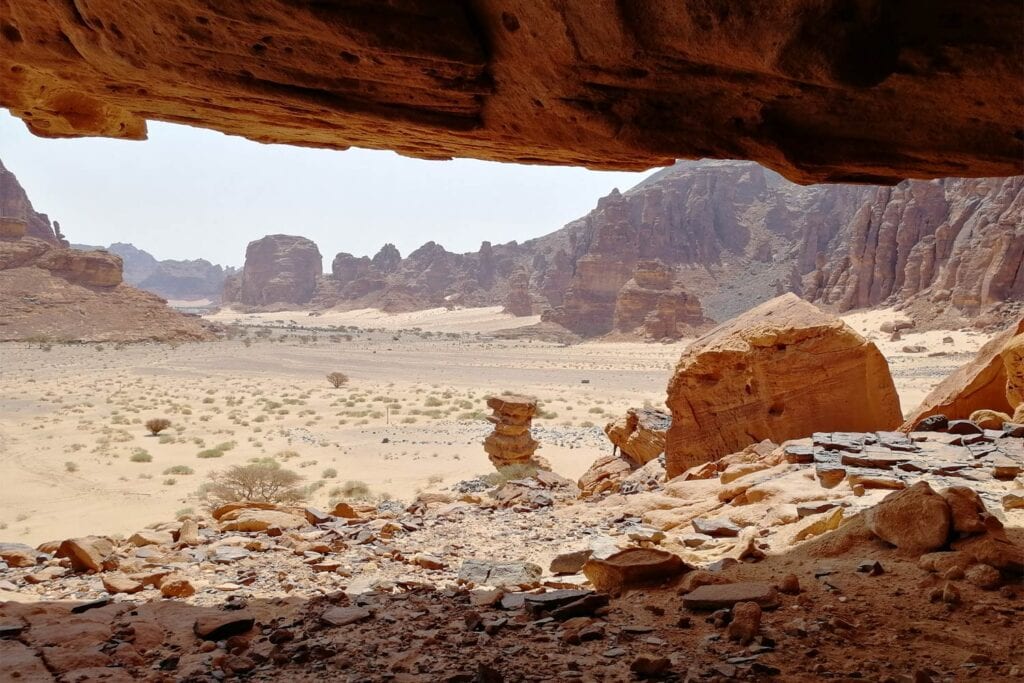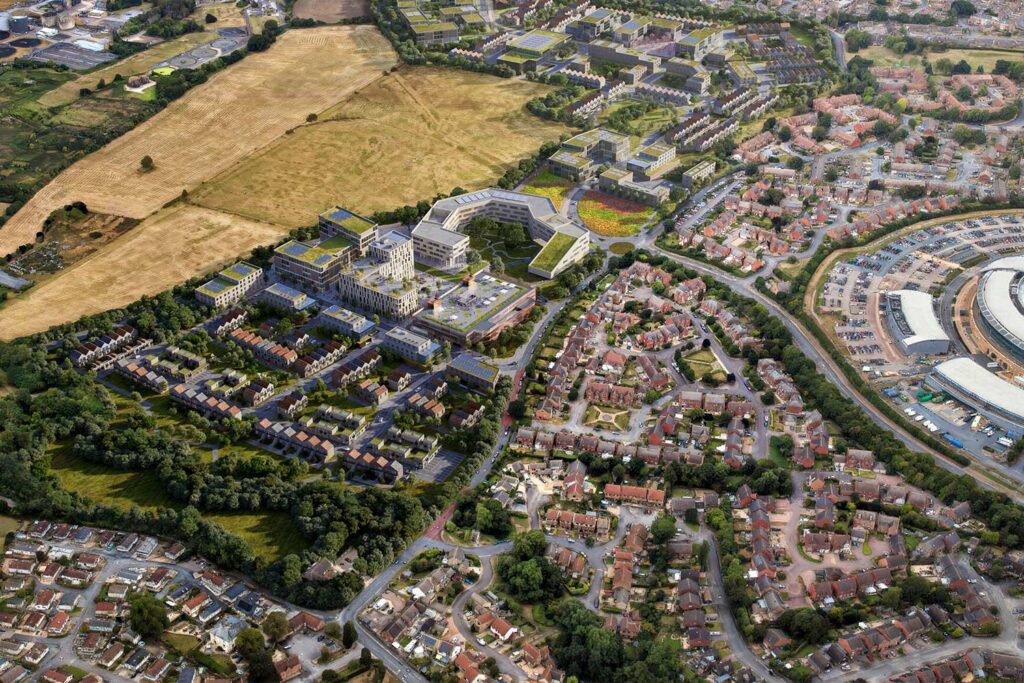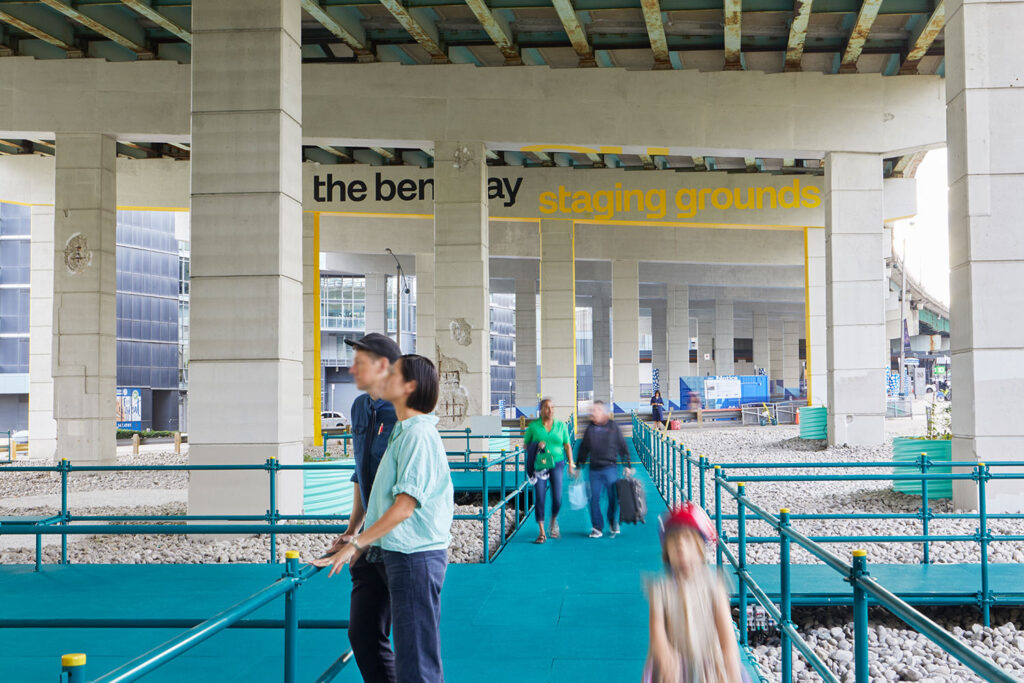
Russian Arctic and Far East Tourism Framework
Russian Arctic and Far East
Project details
Client
Vasta Discovery
Collaborator
HKS
Duration
2020
Services provided by Buro Happold
Environmental consultancy, Strategic planning, Transport and mobility
While the last decade has seen a marked increase in travel to the Arctic, stunning destinations in the Russian Arctic and Far East remain off the beaten path – receiving few visitors despite offering remarkable landscapes and rich history and culture.
Challenging access and limited accommodation and visitor infrastructure currently make visiting these spectacular landscapes difficult. The Russian Government is keen to foster the development of tourism in the Russian Arctic and Far East regions, but recognises this must be done in a sustainable way to protect the natural, cultural and social assets that make these regions special.
Buro Happold together with HKS were commissioned to create a strategic plan to identify the tourism opportunities offered by these lesser-known locations, formulating an approach that would protect the region’s assets while allowing the burgeoning travel industry to grow.
Challenge
These destinations are a new frontier for tourism and will need to establish themselves in the market to attract domestic and international visitors. Access to the regions is currently a major challenge, with significant travel distances, limited roads and difficulties posed by seasonal conditions. Visitor accommodation and supporting facilities are often limited.
These regions contain a range of landscapes – including ice floes, tundra, fjord-carved mountain ranges, dense forests, hot springs and volcanoes. These and the associated flora and fauna are highly sensitive to disturbance. Tourism development needs to achieve the highest standards of environmental protection in order to preserve these assets.
One of the main challenges to open these remote areas to tourism is the planning and integration of an adequate transport and mobility infrastructure whilst ensuring the lowest impact possible on the natural landscape and ecology.

Solution
Our team prepared a clear document to inform the public and private stakeholder groups involved in the strategic planning of the region.
In the first stage of the project, we reviewed wider trends in Arctic tourism, and undertook a profiling exercise of those visiting, drawing on primary interviews with tourists and tourism operators. We then assessed the potential for tourism in seven Arctic regions, considering their natural, historical and cultural assets and current infrastructure provision and visitor offer.
Based on this, we forecasted potential market growth in the regions and made initial recommendations around the vision, concept and positioning of these areas and key enablers to unlock development. As these are new visitor destinations, a creative approach was required to size the market and understand the characteristics of potential visitors. This included benchmarking of comparable destinations and primary interviews with tourists and tour operators.
We also analysed the accessibility and internal mobility for each of the seven sites, in terms of existing modes, infrastructure and travelling time.

The second stage involved the preparation of regional tourism plans for four selected areas – the Kamchatka Peninsula, Kuril Islands, the Taymyr Peninsula and the Kola Peninsula. These set out an approach for the sustainable transformation of these regions into successful visitor destinations over 20 years.
We identified a strategy for developing new tourism clusters and circuits, including the location, concept and sizing of new accommodation and visitor facilities. This was supported by a strategy for access and intra-regional mobility, identifying transport modes and prioritising infrastructure upgrades required. We also developed strategies for infrastructure provision, environmental protection, socio-economic development and destination promotion.
As part of the study our ecology and biodiversity management experts undertook a desk-based study to identify, map, and review the ecological assets, constraints and opportunities present in each region. Biodiversity features such as Important Bird Areas (IBAs), World Heritage Sites (WHS), IUCN (International Union for Conservation of Nature) Protected Areas and rare ecology were identified. As a result, sensitive areas, management requirements, and development restrictions were determined to ensure the protection of high-value habitats.

Value
The project identified a clear path forward to open opportunities to explore these remarkable destinations to a broader audience. This included specific investment projects which the sponsors are now taking forward in co-operation with the public sector.













